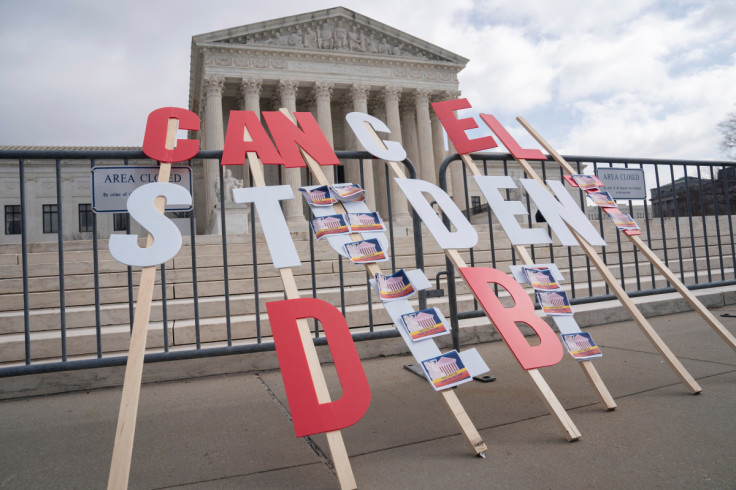How Biden Administration Could Still Try To Push Student Loan Agenda If Plan Is Overthrown By Supreme Court
Things aren't looking as promising for those hoping the Biden Administration's plan to forgive up to $20,000 in student loan debt for millions of borrowers following arguments in cases against the plan in front of the Supreme Court this week. However, if the justices do vote against the plan and declare that the President overstepped his authority, there still be may other outlets he can pursue to try and act on a promise he made during his campaign.
While the three liberal-leaning justices and Amy Coney Barrett seemed to question if the cases brought against the administration had legal merit, the Conservative majority seemed to indicate that while a ruling likely won't come until the end of June, they strongly felt the administration overstepped its authority with the plan that was unveiled in August. If they rule against it, borrowers will once again likely be expected to start paying back their loans by the end of summer, something that is daunting to many who had hoped for some reprieve.
According to Yahoo! Finance, the administration also does not have a formal backup plan in place either, as they have been sure that the plan would not be struck down.
"We feel confident in our authority under the HEROES Act to take the action that we have taken," Bharat Ramamurti, deputy director of the National Economic Council, said in a press conference a few weeks ago. "Obviously, the Supreme Court will weigh in on that soon. But we are not deliberating or considering any other kind of alternative approach. We're fully committed to the approach that the Secretary of Education used in this case, and we're confident in our legal authority."
Under the administration's plan, millions of borrowers were eligible for up to $10,000 in debt relief if they made less than $125,00 per year. Those who received a Pell grant in college could be approved for an additional $10,000 in relief. The plan was put on pause after challenges, including a lawsuit from six conservative states that claimed it would hurt them financially, as well as another from borrowers who were excluded from the relief.
Republicans have long challenged that the administration does not have the authority to provide the relief via executive order and must go through Congress to have it passed. However, with a Republican majority in the House and a slim Democratic majority in the Senate, it seems unlikely any debt relief would get through.
However, while the administration remains confident the plan will survive the challenges against it, there are potential alternative avenues they could use to push a plan through.
According to the Hill, the Administration can argue in favor of the plan again through the authority of the Higher Education Act (HEA) instead of the Higher Education Relief Opportunities for Students (HEROES) Act, which it is currently using to justify its proposal. In addition, a new executive action through HEA is also a potential possibility, similar to the one that Democratic leaders like Sen. Chuck Schumer (D-N.Y.) and Sen. Elizabeth Warren (D-Mass.) called for last year. They argued that the 1965 law allowed the president to use his authority to cancel up to $50,000 in debt for all borrowers because the law allows for relief for certain groups, like those who were defrauded or whose schools have since closed.
For now, its unclear what path the administration may consider taking, or how the court will rule.

© Copyright IBTimes 2025. All rights reserved.



















